Invented by Tarek M. Fahmy, Michael Look, Joseph Craft, Yale University
The global market for autoimmune and inflammatory disease treatments is primarily driven by the increasing prevalence of these diseases. According to the American Autoimmune Related Diseases Association, approximately 50 million Americans suffer from autoimmune diseases, making it one of the leading causes of chronic illness in the country. This rising prevalence is not limited to the United States; it is a global phenomenon, with autoimmune diseases affecting people of all ages and ethnicities.
Advancements in medical research and technology have played a crucial role in expanding the market for autoimmune and inflammatory disease treatments. Scientists and pharmaceutical companies are constantly exploring innovative therapeutic approaches to manage these diseases effectively. Traditional treatment options, such as nonsteroidal anti-inflammatory drugs (NSAIDs) and corticosteroids, have been widely used for decades. However, they often come with side effects and may not provide long-term relief.
Biologic drugs have emerged as a game-changer in the treatment of autoimmune and inflammatory diseases. These drugs are derived from living organisms and target specific components of the immune system responsible for the disease. Biologics have shown remarkable efficacy in managing conditions like rheumatoid arthritis, psoriasis, Crohn’s disease, and multiple sclerosis. The market for biologic drugs is experiencing rapid growth, with an increasing number of pharmaceutical companies investing in research and development in this area.
Another promising area of treatment is personalized medicine. With advancements in genetic testing and molecular diagnostics, healthcare providers can now tailor treatment plans based on an individual’s genetic makeup and disease characteristics. This approach allows for more precise and effective treatment, minimizing adverse effects and improving patient outcomes. The market for personalized medicine in autoimmune and inflammatory diseases is expected to witness substantial growth in the coming years.
Furthermore, the market for alternative and complementary therapies for autoimmune and inflammatory diseases is also expanding. Many patients seek natural remedies and lifestyle modifications to manage their conditions. This has led to the rise of various complementary therapies, such as acupuncture, herbal medicine, and dietary interventions. While the scientific evidence supporting these approaches may vary, their popularity among patients has created a niche market for alternative treatments.
However, despite the growing market, there are several challenges that need to be addressed. The high cost of biologic drugs remains a significant barrier to access for many patients. Additionally, the complex nature of autoimmune diseases makes it challenging to develop effective treatments that target the underlying causes. Further research is needed to better understand the mechanisms of these diseases and develop novel therapeutic approaches.
In conclusion, the market for methods for treating autoimmune and inflammatory diseases and disorders is expanding rapidly. Advances in biologic drugs, personalized medicine, and alternative therapies are revolutionizing the treatment landscape for these conditions. However, there is still a long way to go in terms of affordability, accessibility, and developing more targeted therapies. Continued investment in research and development is essential to meet the growing demand and improve the lives of millions of individuals affected by autoimmune and inflammatory diseases.
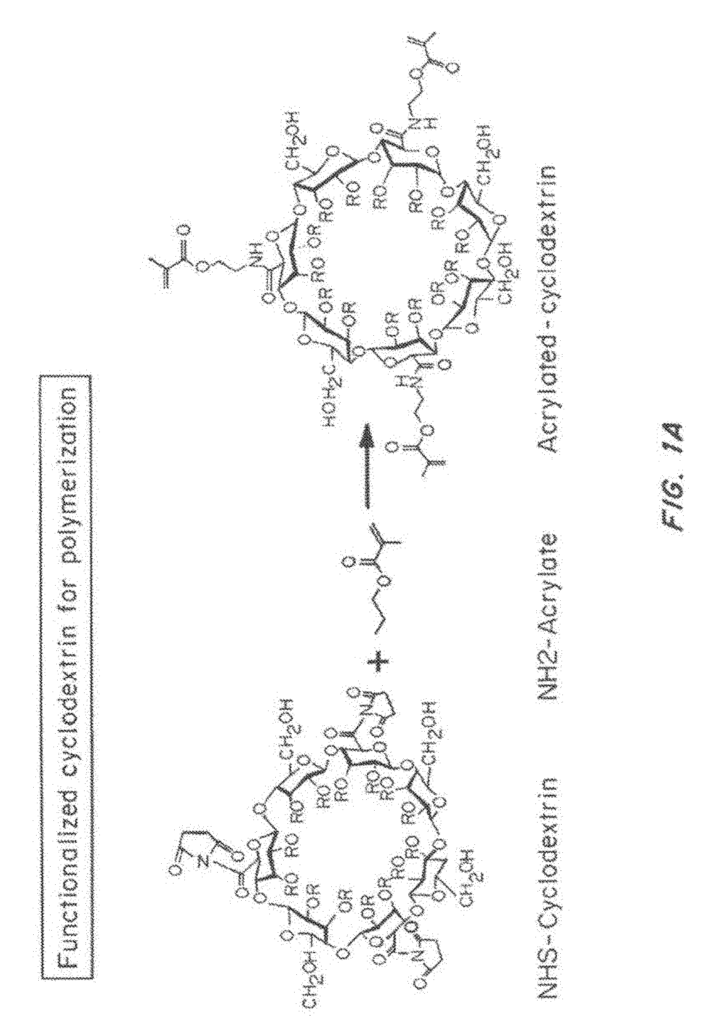
The Yale University invention works as follows
Compositions and methods to treat or ameliorate the symptoms of an autoimmune or inflammatory disease or disorder are described in this document. These compositions include a nanolipogel that allows for sustained delivery of one or more active agent of choice, which is preferably a drug to treat or ameliorate the symptoms of inflammatory disease or disorder. A nanolipogel may include a lipid bilayer around a hydrogel core. This can optionally contain a host molecule such as an absorbent or a cyclodextrin. Preferential embodiments include at least one active agent as an immunosuppressant.
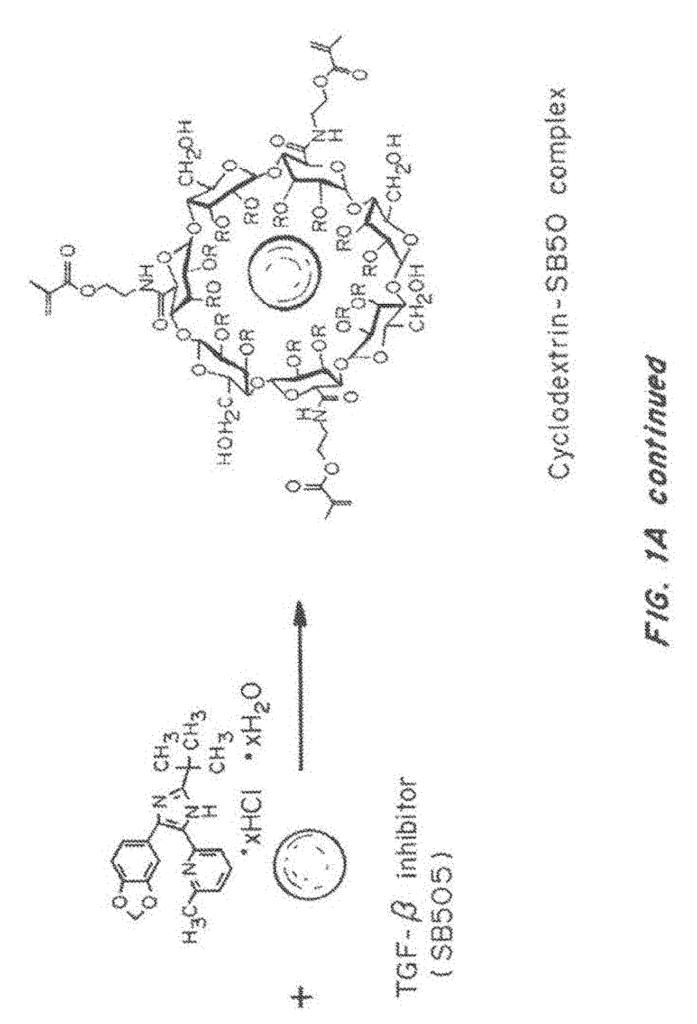
Background for Methods for treating autoimmune and inflammatory diseases and disorders
I. Definitions
II. Nanolipogels
III. “III.
IV. “IV.
EXAMPLES
Example 1 : Preparation Nanolipogels to Deliver Anti-Tumor Molecules.
Example 2 : In Vitro Release Studies and Bioactivity
Example 3 : Characterization of nanolipogels
Example 4: Biodistribution
Example 5 : Cytotoxic Studies and Safety Studies
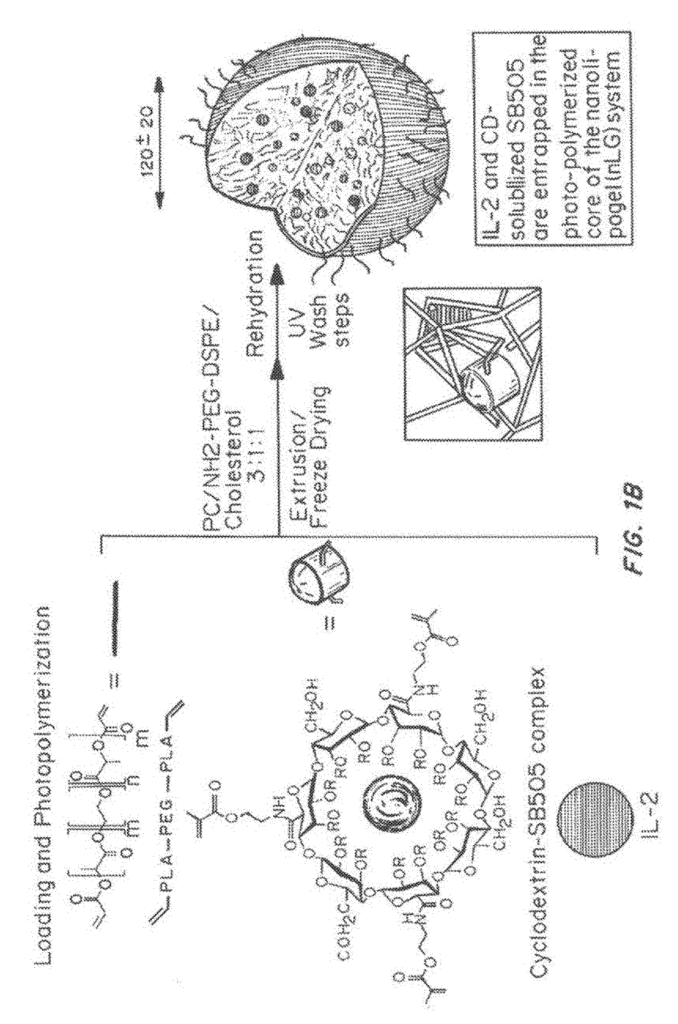
Example 6 Comparative distribution of nanolipogel carrier and encapsulant
Example 8: Lipid-encapsulated dendrimers for Combination Delivery of Nucleic Acids and Proteins with Drugs
Example 8 : Antigen Cross-Presentation with Lipid Encapsulated dendrimers
Example 9 : Vaccine delivery with Lipid Encapsulated dendrimers
Example 10 : Preparation of Nanolipogels containing Mycophenolic acid (MPA) and their Characterization
Example 12: Use of functionalized nanolipogels for CD4 T cells
Example 12 : Toxicology studies in mice
Renal Analysis & Histology
Example 14: Effect of MPA-Loaded Nanolipogels in Survival of Lupus Prone NZB/W Mice
Example 14: Nanolipogel Particle Biodistribution Studies
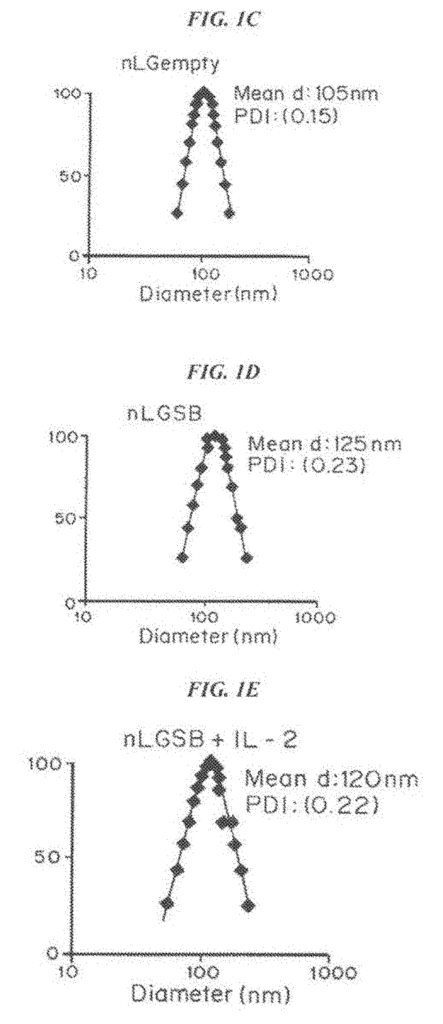
Example 15 : In Vivo Immune Reactions to Particulate Treatment
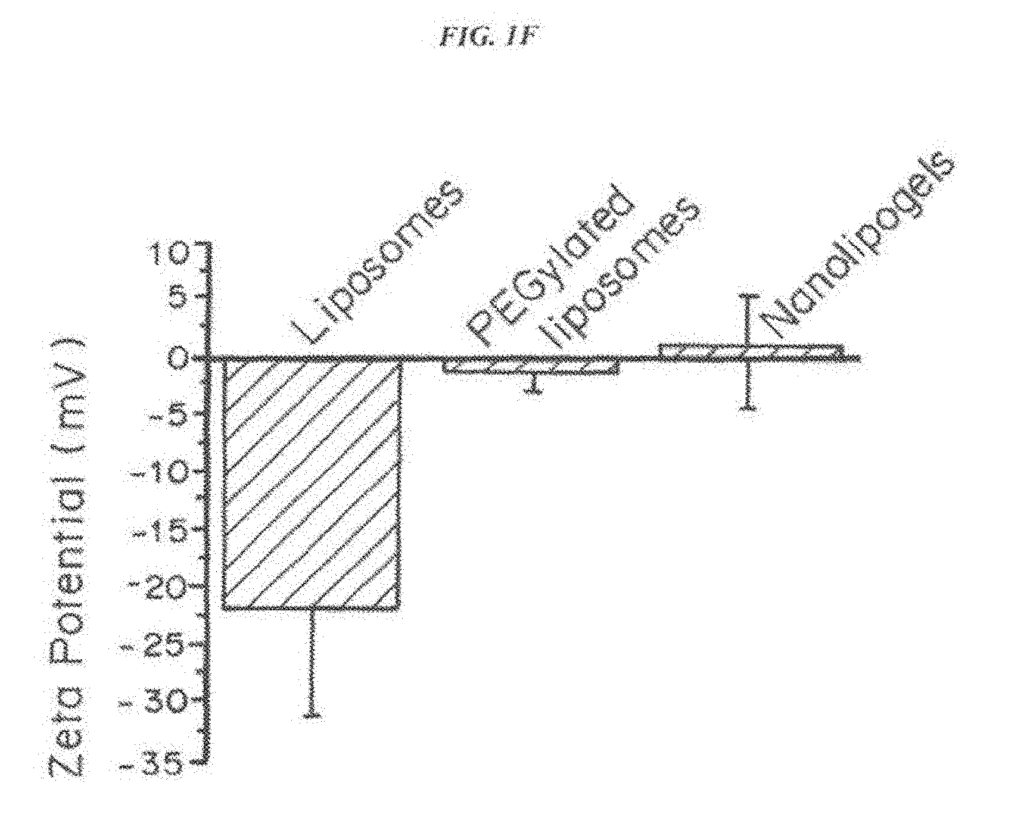
Click here to view the patent on Google Patents.
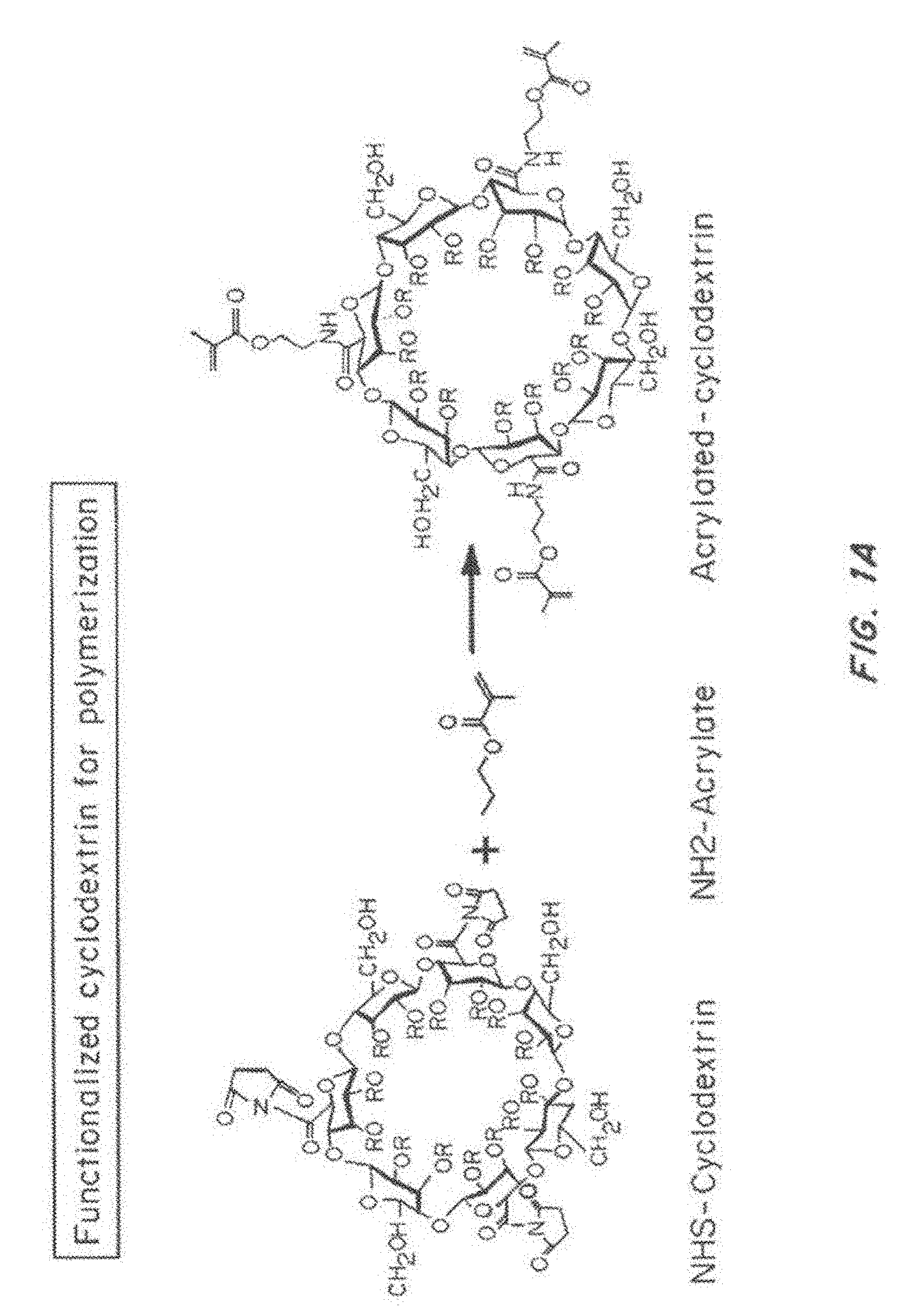
Leave a Reply